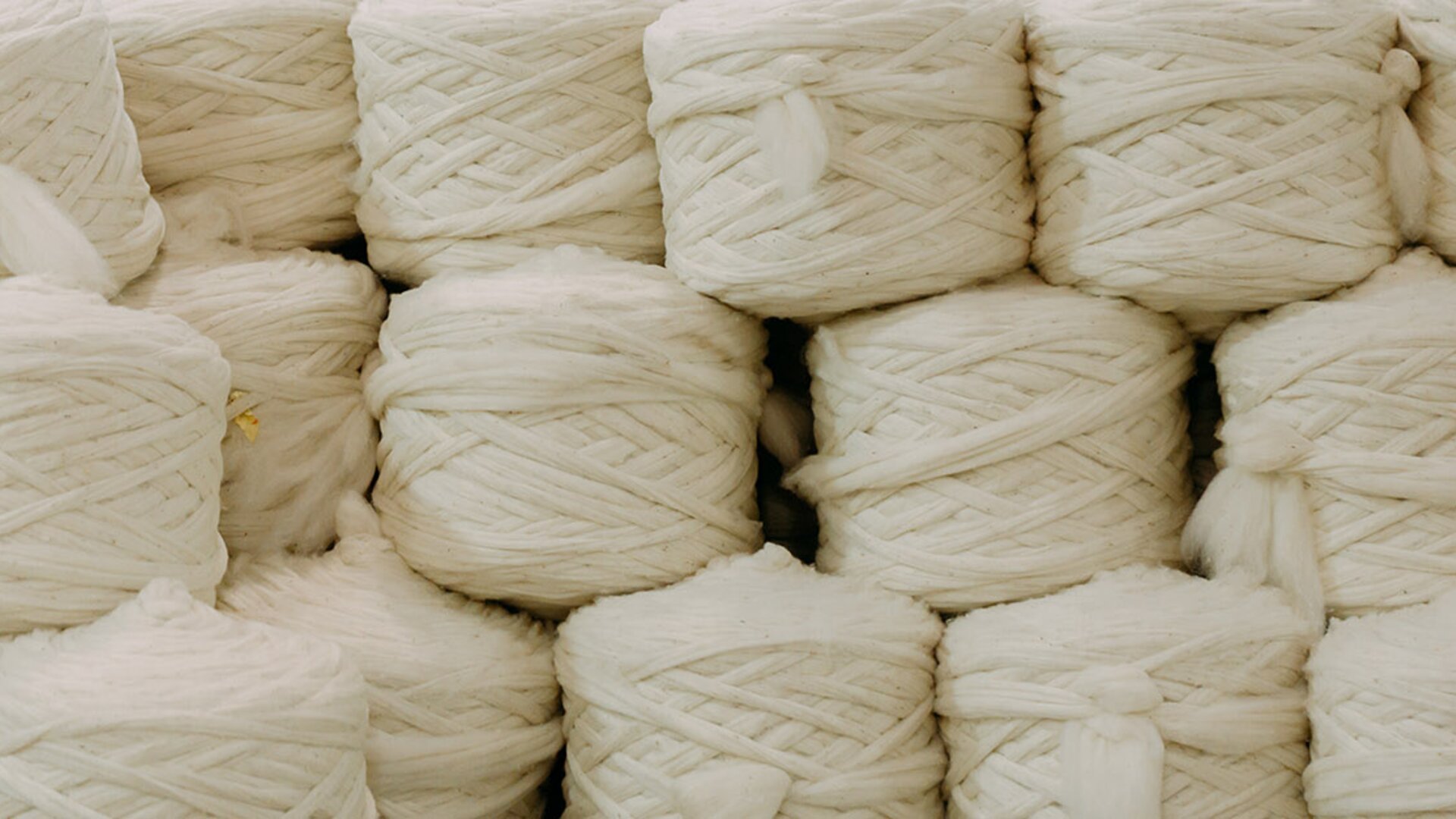Save 10% on your individual safety bundle consisting of an avalanche transceiver, shovel, and probe. Put the products in your shopping cart and save 10%.
Save 10% on your individual safety bundle consisting of an avalanche transceiver, shovel, and probe. Put the products in your shopping cart and save 10%.

First of all, we work together with our partner farms in Tasmania to define the fineness of the fibers and quantity of merino wool that we need for our products. The contracts with the farmers generally span several years, so both the quality and purchase quantity are therefore fixed.


ORTOVOX is known for developing our own high-performance materials – always using wool, of course. Our Material Manager is constantly and eagerly tinkering with innovative materials, in which the physical features also play an important role: Which wools are being processed, how fine should they be, how long should the fibers be, how strongly crimped should they be. After laboratory testing, prototypes are distributed to an internal team for field testing and put through their paces in the mountains. Of course the product developers take part in this, but so do mountain guides and ORTOVOX athletes. Every one of them tests a product around 80 times before providing extensive feedback. The test products are also washed umpteen times, after which they must still be functional. Only if tests are consistently positive do the materials go into normal development.
Personal on-site visits have the highest priority in quality assurance at ORTOVOX. May that be on a Tasmanian farm or in the washing facilities in China and Bulgaria: Only when we make direct contact can we be sufficiently satisfied with production conditions. Audits on paper are important, but it’s even more important for our employees to be physically present in the place where our products are made.
In the spinning mills, Tasmanian merino wool is spun to make the yarn that will later be processed to become the material. We also visit our partner companies regularly, to discuss the use of individual yarns and possible developments.


We receive samples from weaving and knitting mills before production begins. These material samples are thoroughly examined by the Material Manager at ORTOVOX in Taufkirchen: weight, evenness, color and quality are all tested in the in-house laboratory. Only when this sample has been officially approved do the materials go into production.
There is a lively exchange of “production sheets” with the producers. These documents include detailed definitions of when and how, which and how many products are produced. Even necessary improvements are documented, so that countermeasures can be taken in good time. During inspection, “inline inspections” and “final inspections” are carried out. Only when all of these have been approved by Quality Management may a consignment leave the factory.
If the containers of goods come to Germany from overseas, random sampling is carried out in our Munich logistics warehouse – known as the “incoming check”. A certain number of parts are checked using predetermined criteria. Only then can we assume that the delivery satisfies our high quality standards.
Quality, quality, quality. At ORTOVOX there is one person whose job it is to check the result of the individual production processes at all important interfaces. The Quality Manager (QM) controls the quality assurance process and is on the go almost 75% of the time in order to be present anywhere new ORTOVOX products are being created, at least for the first few rounds.
The QM is even on board when ORTOVOX is looking for a new production site. Technical requirements, machines, employees’ skills, working conditions and quality management are all checked, and the new factory is only approved after the internal OK has been given.
In Asia and Eastern Europe, we are supported by further Quality Controllers that are extremely well acquainted with ORTOVOX standards and in close contact with our on-site partners. Here, too, the Quality Manager is the first contact partner and interface.
But the QM is also responsible for defining OTOVOX quality standards: which sewing needles are used, which wool fiber strengths should be used, which stitch length is needed. The answers to these and other questions are documented in a Quality Manual and communicated to the partners.

Register in just two easy steps!